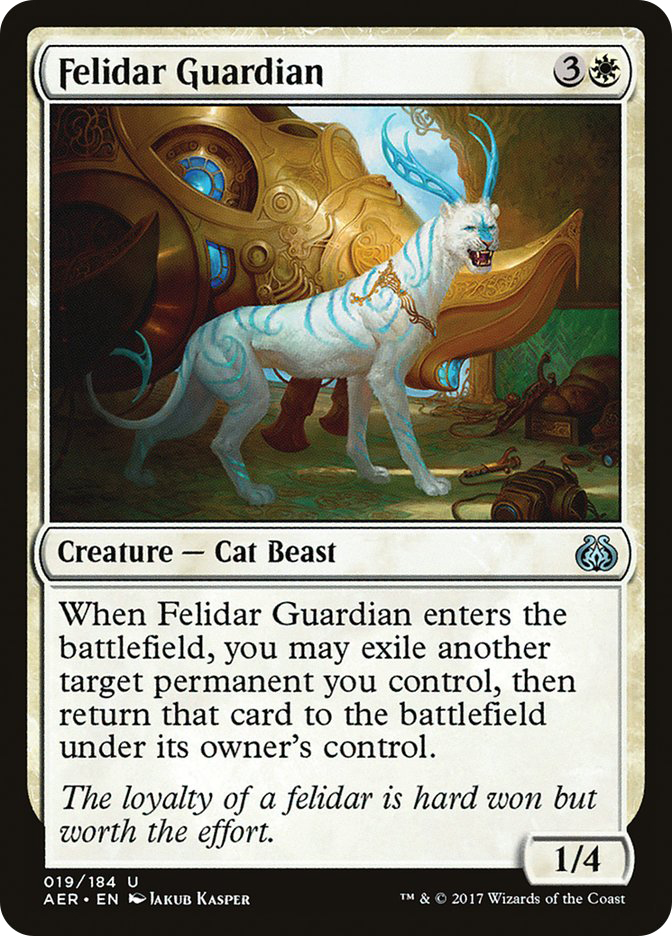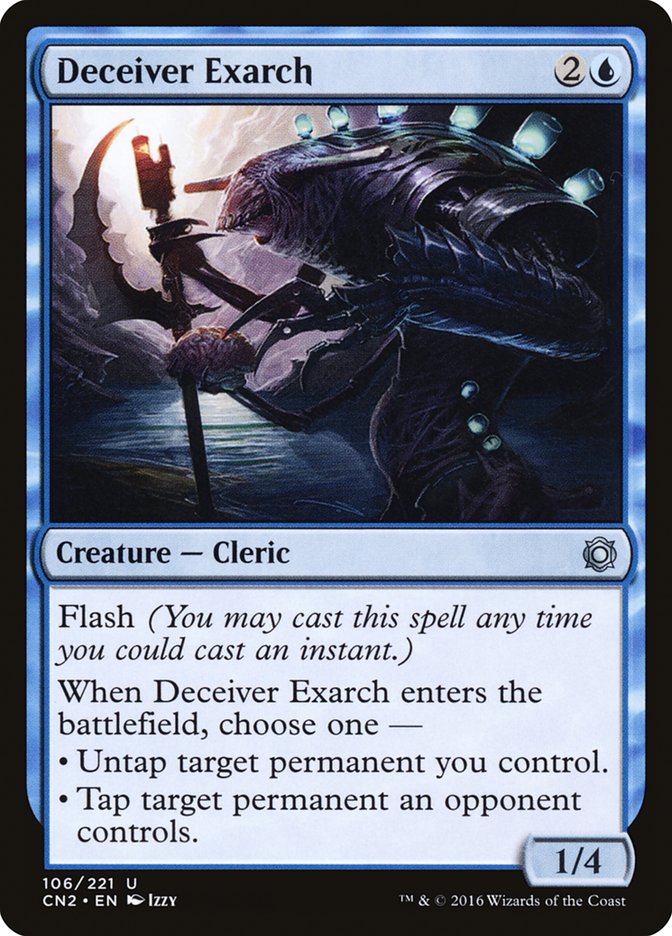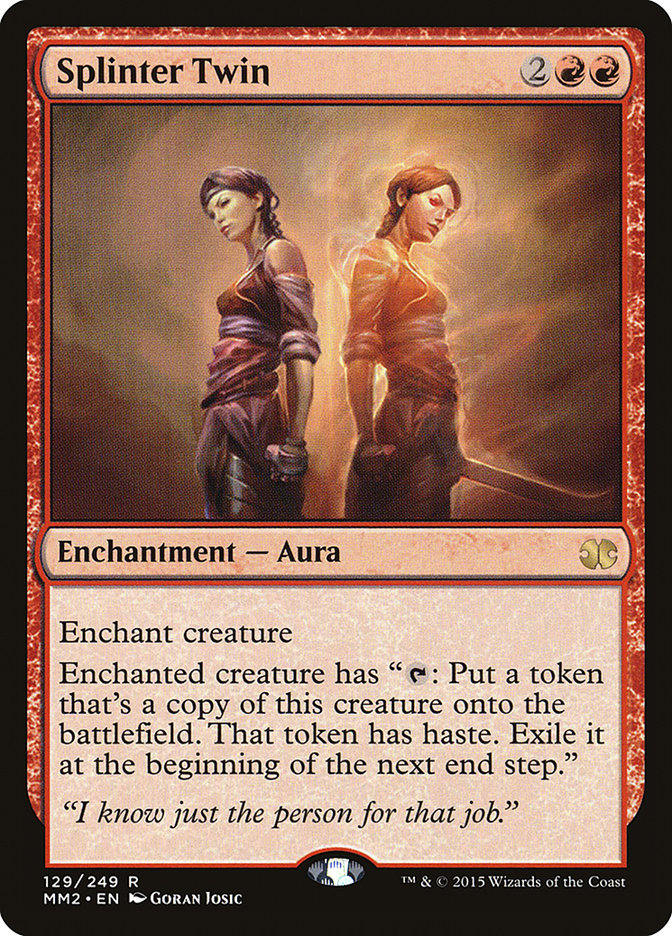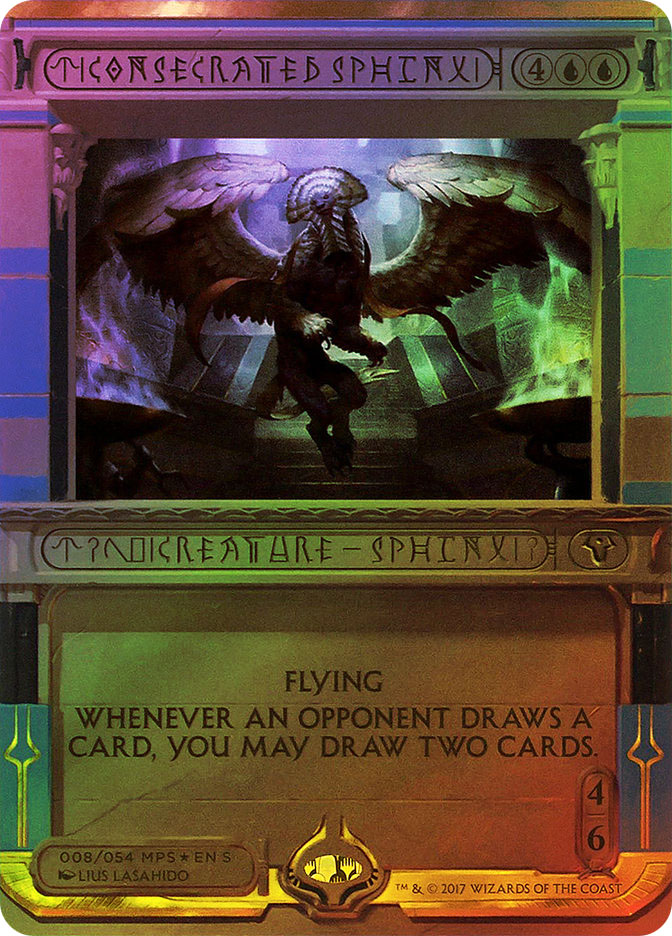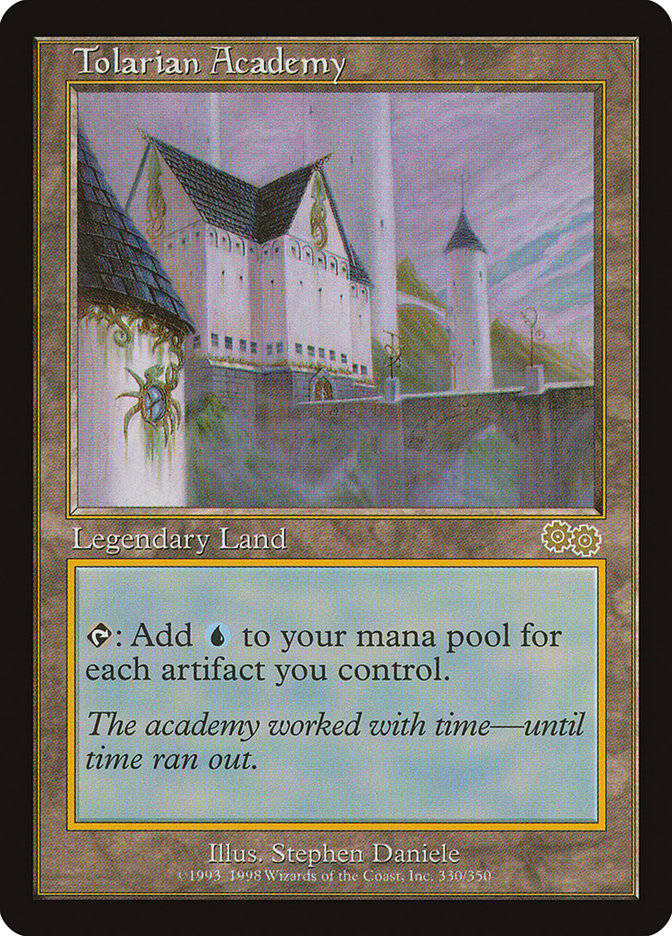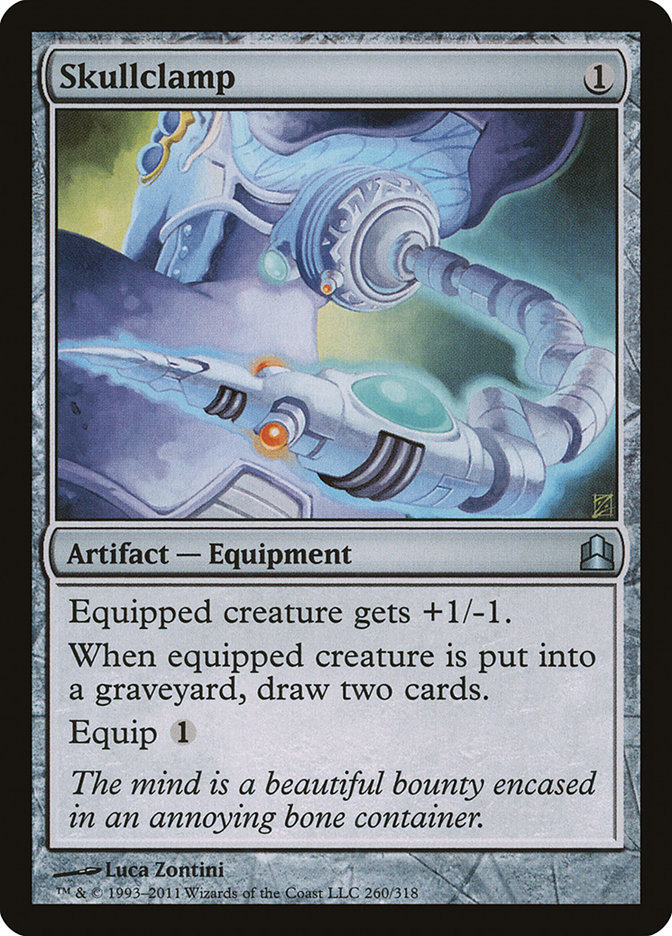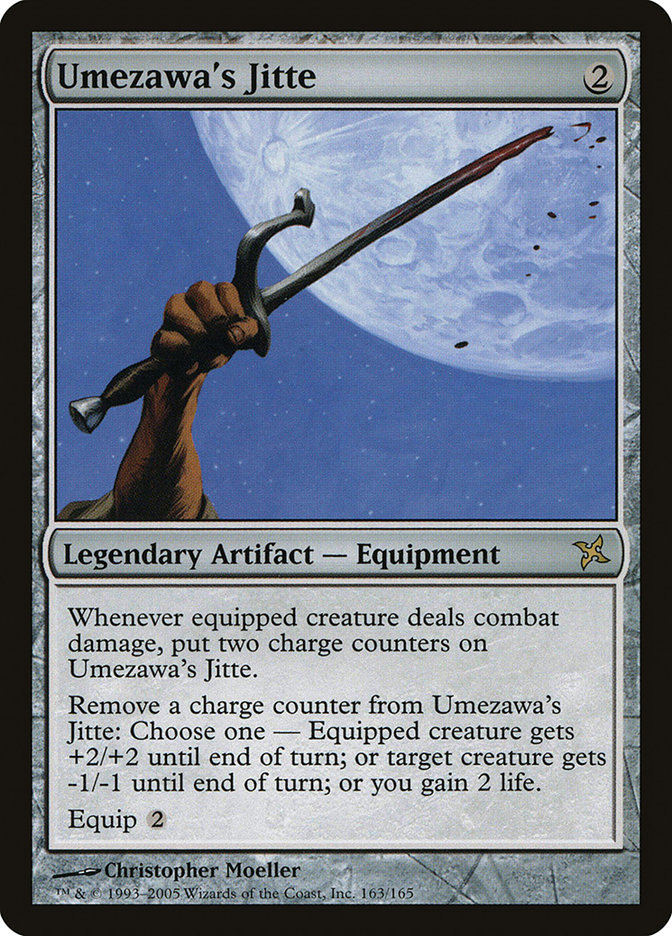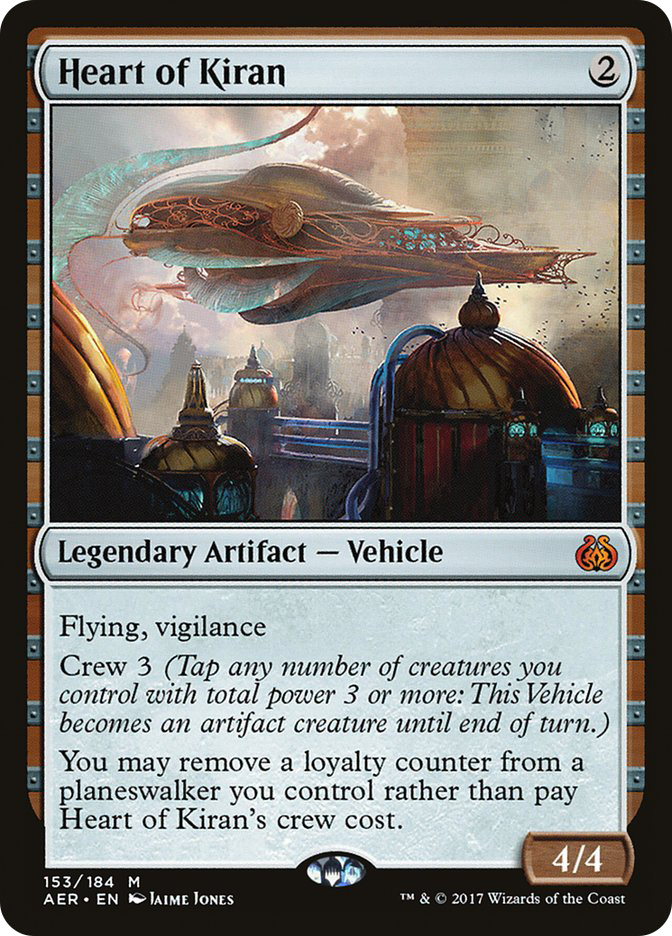The question is, why?
The announcement, for your convenience.
I’m as thrilled as you are. I haven’t spent much time with Standard personally, but I think my feelings on it are pretty clear at this point.
But the question remains: why now? Sure, it’s important to move the new set. It’s awesome that Magic Online data provided the catalyst (no, I’m not pointing out the pun). This is not too little. This will have a positive effect on Amonkhet Standard, no matter which way you dice it.
However, man, is it too late.
Please, tell me. What was the benefit of having a card that was so transparently a failure and an oversight in the format for this long? What was the damage to consumer confidence over a card that costs fifty cents? Why was an extra three days’ worth of data needed to confirm what was already known?
If this format was developed without the knowledge that this card would exist in this way, then what was the point of developing the entire rest of the format? And why is it a 1/4 uncommon, just like it was last time?
How many Standard players invested in this deck on Monday or Tuesday so they could brave #SCGATL with confidence in their choices?
I love Wizards of the Coast. They manage the game that changed my life, that changed a lot of our lives.
But this crap has got to get better. It’s embarrassing.
Within hours of Felidar Guardian being previewed, I had a half-dozen players on staff telling me it’s exactly as bad as it seems—the combo was going to be that format-warping. Why are a small group of experienced players able to identify a dangerous problem for the format on sight, but a group of people that spent countless hours on the project didn’t spot it?
This is not excusable.
The “We Blew It” Hall of Fame
There’s an old discussion I like to have with friends and players whose opinions and viewpoints and histories with the game I trust and respect. We like to debate:
Relative to what Magic R&D should know at the time of printing, what is the worst-developed card in Magic?
Now, what does that mean?
It means that Tolarian Academy, while ridiculous, isn’t nearly as much of a miss as something like, say, Consecrated Sphinx.
Obviously Academy is more powerful if you just play heads-up here, but that’s not what we’re looking at. Sphinx has a glaring awkward play pattern attached to it, which I’m sure most of us have experienced by now. It doesn’t ruin formats or cause widespread problems, but “those” game states were easily avoidable. That Standard would have been slightly better without Consecrated draw-fests.
In short, it’s just not a card that’s well-developed.
What would your answer here be? I know mine is always the same.
Relative to the things Development should have known when this card was printed, its power level was an outrage. The planeswalker card type had existed in a very healthy space prior to Worldwake, and this maniac in its era was positively absurd.
Other candidates?
Seems like new card types (or recently new card types) are a great way to have this issue. There’s a reason Ross Merriam predicted Vehicles would be inherently dangerous without any other hiccups.
The Cat
I think I have a new answer to this question.
I don’t know how, in 2017, with the lessons learned from Affinity, from Yawgmoth’s Will, from fast mana, from Storm, from Dredge…that a format could be undone by what basically amounts to a Glimmerpoint Stag. If I knew more nice things to say about this situation, I’d say them. The card isn’t a marquee pack-mover. The card isn’t something anyone was heavily financially invested in (without the rest of the archetype). The card wasn’t anything to write home about.
Except it was poison to the most important format in Magic.
The only thing that I can think of that would damage consumer confidence more than a quick ban on a plainly evil new card like this is to let it run wild and undo thousands of hours’ worth of developer labor. And the only thing I can think of that would damage consumer confidence more than that is not banning it after the joke had long run its course. And the only thing I can think of that would damage consumer confidence more than that would be to establish it as a mainstay and then take it away 48 hours before the first big Standard tournament.
It isn’t even that Felidar Guardian was wrong—it’s that everything about it and surrounding it was.
The Silver Lining and the Merits of Momentum
I can’t wait to watch #SCGATL this weekend. If Vehicles is the deck to beat, so be it. A new card type with a big story element to it running people over left and right? That sounds like something intentional.
That sounds like something that Development saw, thought about, and pushed in a safe and calculated direction. The power level could be here or there, but the point is that the card is a known quantity. It’s something with purpose and direction.
And there’s a good chance we’ll have all kinds of other surprises too. Sam Black is already putting cycling cards with Delirium strategies. How many players will flock to that? Graveyard synergies and drawing cards compulsively? That sounds like my type of fun!
And yeah, this weekend, I’m going to watch this whole new Magic world open up and make a lot of fun for a lot of players. And I’m excited. That’s when Magic will pick itself up, dust itself off, and get going again in the right direction. A good direction.
But that’s Saturday.
I’m not ready to start over yet. I’m not ready to forget this, and it’ll take a few days to put together the puzzle pieces to a phenomenon of decision-making I can’t possibly begin to explain. Today, I work with my staff to salvage the rest of the week’s content and to re-work the implications of the format and Amonkhet.
Today, I think about Felidar Guardian and the administrative calls that have surrounded it.
And I mourn.


